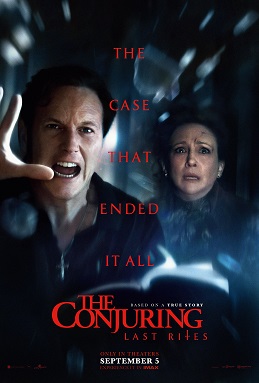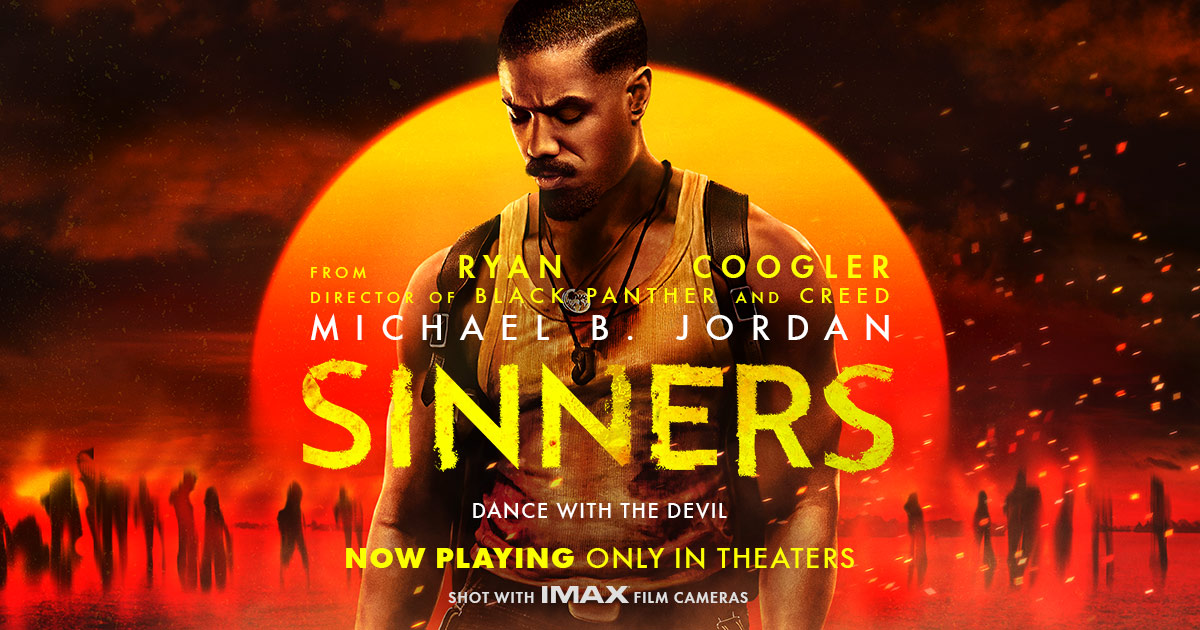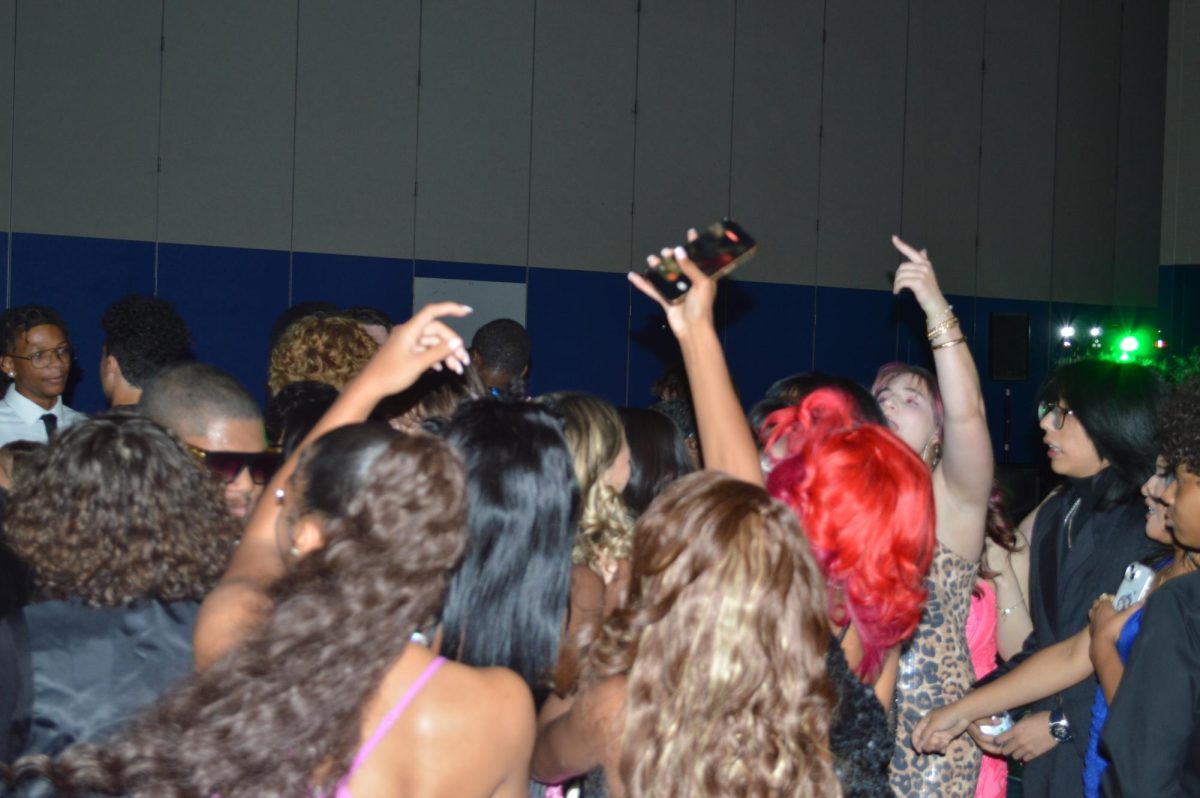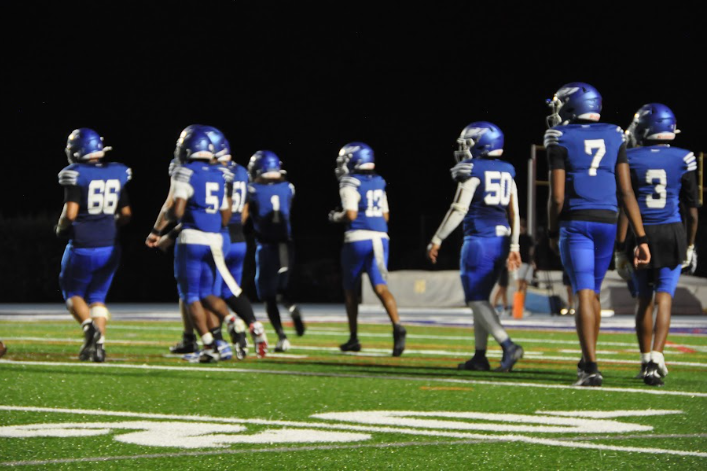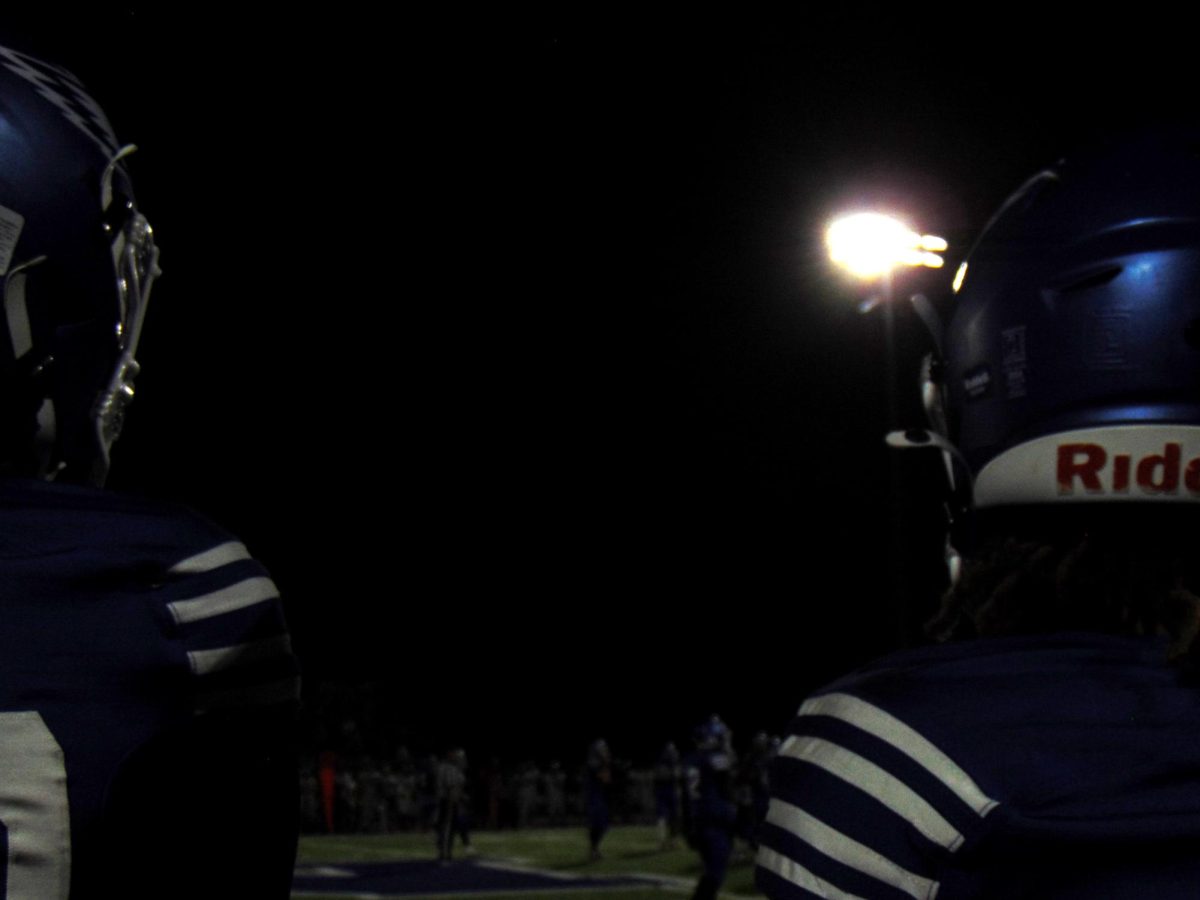WWE is designed as a scripted performance art, blending athletics, drama, and storytelling, but is it considered “real” when one goes off script?
There is a storyline in WWE where retired wrestler, “Kane” aka Glenn Thomas Jacobs, seemingly injured his opponent, Bryan Lloyed Danielson known as “Daniel Bryan’s.” Kane broke his neck, and it was all a part of the script, meaning it was work and not an actual injury. Bryan took the severe long-term effects of the injury, and had to part from work because of medical issues, but what part of that was “real” or “fake.” The attack from Jacobs resulted in Danielson’s neck being affected by a cervical cord neurapraxia, causing numbness and tingling in Bryan’s arms. Before Bryan could return to WWE, he underwent successful neck surgery.
Stephanie McMahon, who was the current CEO of WWE during that time, announced that Bryan would face Kane at Extreme Rules, but then Kane launched a surprise attack, the attack was performed on the concrete and the announce table, which is a bit more damaging than the ring. The injury on his career forced Bryan to take a break from wrestling and his WWE World Heavyweight Championship. WWE later stripped him of the Championship due to his inability to wrestle. Daniel retired in 2016 due to his injuries and multiple concussions, which led to seizures and a brain lesion.
WWE injuries are not uncommon. The stunts are real and very dangerous if not performed correctly. The WWE company has been sued multiple times for major and life-threatening injuries. Some former wrestlers, particularly head injuries like concussions and brain damage, are most common, but it can also be as light as knee injuries and sprains. It has also been known that some wrestlers had strokes, such as former wrestler Jerry “The King” Lawler. He later recovered and is now retired, but living a healthy life and still involved in the WWE contract.
Since the common injuries in wrestling, WWE seemed to ban certain moves and stunts for the safety of the actors performing them. Some of the stunts that have been banned have caused some wrestlers to be seriously injured, including the following: piledriver, Canadian destroyer, brain buster, and lastly, the curb stomp. Not only have these moves been banned, but also some things like blading, which isn’t actually banned but can still be dangerous and lead to injuries and burns. Actors intentionally cut themselves to provoke bleeding, and the sweat mixes with the blood, making it look realistic. Since wrestling matches are so long and intense, it can lead to the performers being tired and sore. Studies have shown that 2 to 30 injuries per 1,000 matches. While some injuries are actually real WWE likes to say it is scripted so they can avoid lawsuits.
While most people hate to hear that their beloved WWE wrestling is mostly scripted, it’s not a major concern when someone goes off script. Usually, tag teams go off script to stiff or throw off their opponents.
While WWE is scripted, some wrestlers have been known to take their own flair on stage, like the Bella Twins and their signature move, “Twin Magic.” The Bella Twins, Nikkia and Brie Bella started wrestling October 31, 2008 performing their famous trick by confusing their opponent with “Twin Magic”, which is when one twin would take the place of a hurt twin just to win with full strength. That was their way of building personalities and making history in their early years. Dean Ambrose and Roman Reigns have been known for improving their line and adding a few hits or just breaking character. Dave Bautista, a retired professional wrestler, has been caught by the law for going off script, such as being fined for stunts like blading in matches that didn’t need it.
Going off-script during a match can lead to dangerous situations. WWE performances must go on script 99% of the time, just to make sure they don’t make any risky mistakes. Making these mistakes can damage their image and confuse their opponent if they are not in on it, which can lead to real-life injuries and can ruin storylines.
Going off script led to Tyson Kidd, a former wrestler, ending his career due to a major spinal cord injury from a botched “Muscle Buster” move. Tyson Kidd suffered and had to end his career 2015 during a dark match because of his opponent, Samoa Joe, who expressed immense regret and a desire to avoid using the move again. Joe has been deeply affected by the accident, and he said he’ll “never go off script again” so he can avoid hurting opponents.
Thinking back to Daniel Bryan and his complex career-ending issue, I’ve been wondering. Months before Daniel’s retirement, he came back to the ring as a wrestler, but was quickly promoted to General Manager. I believe this was a way for Bryan to continue his career as a wrestler, but not get injured in the ring unless he’s being completely careful. He served as General Manager of SmackDown from July 2016 to April 2018. Then he finally retired from in-ring competitions due to major injuries, which was way before his WWE contract expired in May 2021. About four months later, Daniel made his AEW debut four months later.
The way I think WWE hides the major injuries of a wrestler is through the storyline. Storylines in WWE are to create drama, build fan investment, and make more matches more entertaining. The longest storylines in WWE history are “ The Undertaker streak” and the feud between Dean Ambrose and Seth Rollins. The Ambrose and Rollin storyline has been ongoing since their debut in WWE in 2012-2014, and then later continued their feud in 2018-2019. I believe if any of the wrestlers were badly injured, they would add to the storyline and give the wrestler a break, and start again.
Dozens of former WWE wrestlers filed lawsuits against WWE. Most of the wrestlers sue WWE because of brain damage and other harsh injuries. WWE failed to protect them from horrible and deadly head injuries.
So what’s the real question of WWE and its entertainment? Many now view it as more of an entertainment show than a competitive sport. The secret behind it is pretty dark but also interesting, and it seems to protect wrestlers’ private lives and young fans from seeing someone brutally hurt and not knowing if it is “real or fake”.


